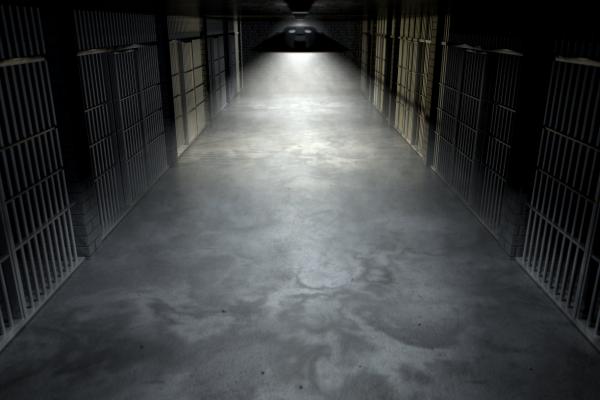IN MY HUMAN development class recently, the instructor showed a documentary about a 13-year-old girl with the pseudonym Genie. Her parents kept her in isolation for most of her life, until a social worker discovered her. Genie was kept in a room, tied to a chair, with virtually no human contact. She was “uncivilized” and could barely walk or talk. While my classmates gasped in horror at the video, I found myself relating to her.
I had been incarcerated in a California juvenile hall for four-and-a-half years. Roughly two months of that time was spent in solitary confinement—the longest stretch was six weeks. Like Genie, I was isolated in a room for 23 to 24 hours a day.
My classmates thought that Genie’s parents were “monsters” and “horrible” people. I wondered how many of them knew that we live in a country where youth and adults are commonly put in similar conditions for months or even years.
Today about 100,000 people—including thousands of youth—are held in solitary confinement housing units in juvenile facilities and adult jails and prisons across the United States. Systems use solitary confinement, or isolation, to keep individuals safe from themselves or others and for punishment. Solitary confinement has been linked to depression, anti-social behavior, anxiety, psychological damage, and self-harm. We now understand that solitary confinement does not keep us safe and does more harm than good, especially to youth who are still developing, physically and mentally.
Read the Full Article

